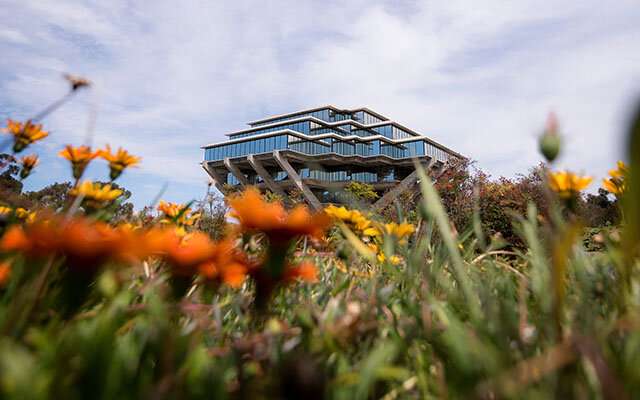
Researchers at University of California San Diego report that while Kawasaki disease (KD) occurs in clusters, the traits, and thus the triggers of the inflammatory disease vary among clusters. The findings are published in the September 2020 online issue of The Journal of Pediatrics.
“The importance of this work is that it will take research on Kawasaki disease in a completely different direction. We now have firm evidence that there are different triggers for Kawasaki disease, which suggests slightly different genetic susceptibilities,” said Jane C. Burns, MD, a pediatrician at Rady Children’s Hospital-San Diego and director of the Kawasaki Disease Research Center at UC San Diego School of Medicine. “Over four decades of research, we have been lumping all these patients together and looking for a single cause. The analysis by our team now shows that we need to be looking for multiple causes of KD, not just one.”
The data suggest that either different triggers or different intensities of environmental exposures result in clusters of KD cases that share a similar response pattern. This observation resonates with current observations linking SARS-CoV-2 virus to Multisystem inflammatory syndrome (MIS-C), a disease that shares many clinical features with KD.
In both KD and MIS-C, children are likely born with a genetic predisposition to react to something in their environment and develop severe inflammation. For MIS-C, we know the cause: It’s SARS-CoV-2. For KD, we will now start analyzing our data in a completely new way, said Burns.
“This was an unusually fertile cross-disciplinary study. Results obtained could not have been achieved without intense collaboration among earth scientists, statisticians, and pediatric clinicians who care for patients with Kawasaki disease and MIS-C,” said Jen Burney, associate professor at UC San Diego’s School of Global Policy and Strategy.
Researchers at UC San Diego enrolled 1,332 patients with KD who met American Heart Association (AHA) guidelines for complete or incomplete KD and were diagnosed and treated at Rady Children’s Hospital-San Diego between January 2002 and March 2019.
KD cases within a cluster were found to be more similar with respect to demographic and clinical features and levels of inflammation than would be expected by chance. As an example, markers of systemic inflammation when elevated were more likely to be associated with low hemoglobin levels and vice versa (lower measures of inflammation associated with normal hemoglobin).
“While this makes sense biologically, the important finding was that some clusters had this feature while other clusters did not,” said Burns. “With respect to clinical features, cases manifesting ‘strawberry tongue’ or ‘lymph node first presentation’ also clustered, as did cases without these clinical features.”
Important insight into the different etiologies of KD may be gained by focusing on patients who share the demographic and clinical phenotypes identified in our analysis, said Burns.
The clustered presence or absence of these phenotypes in KD patients differed significantly from the two control groups of synthetic clusters, which may indicate that the KD patients within these clusters were responding to different stimuli, resulting in different clinical presentations. Similarly, laboratory evidence of inflammation was either high or low in different clusters, again suggesting a non-random distribution of these features.
The indication that different KD clusters exhibit different physiological responses reinforces the team’s prior findings.
“Our focus on clusters of KD cases was directed by our discovery that groups of these clusters are associated with distinct weather patterns”, said Scripps Institution of Oceanography climate researcher Dan Cayan, Ph.D. “These prior results led to the hypothesis that rather than having a single causal mechanism, Kawasaki disease could have multiple environmental triggers. These triggers were evidenced by a combination of anomalous temperature, precipitation and wind patterns.”
Kawasaki disease is the most common acquired heart disease in children. Untreated, roughly one-quarter of children with KD develop coronary artery aneurysms—balloon-like bulges of heart vessels—that may ultimately result in heart attacks, congestive heart failure or sudden death.
Although KD is estimated to affect fewer than 6,000 children in the U.S. each year, the incidence rate is rising in San Diego County. While the average incidence per 100,000 children less than 5 years of age residing in San Diego County was approximately 10 during the 1990s, the estimated incidence rate from 2006 to 2015 was 25.5.
Source: Read Full Article
